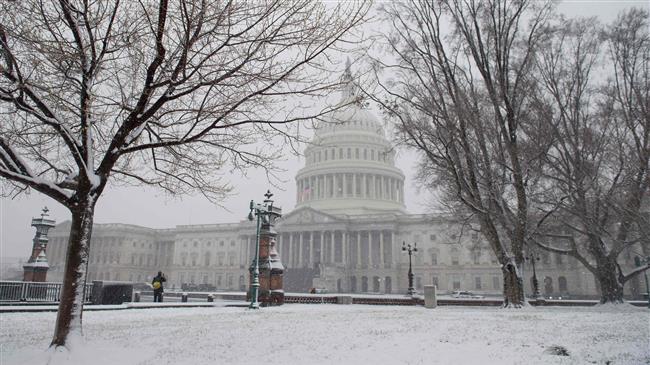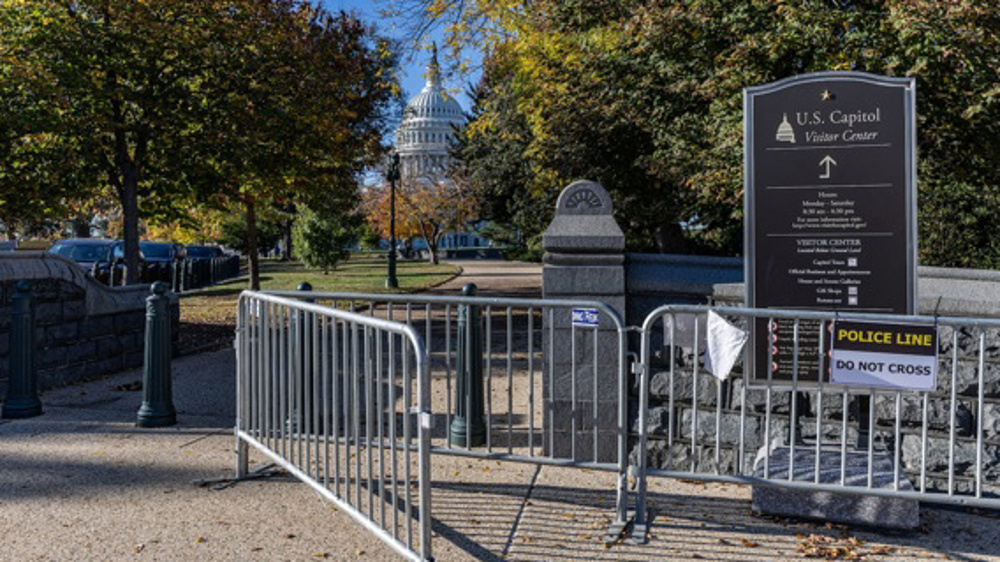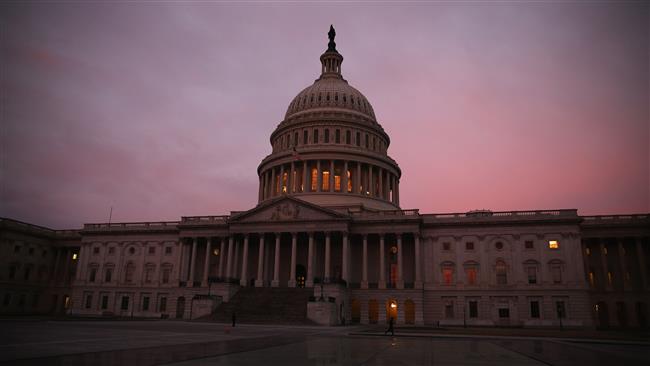US Congress approves $1.3 trillion spending bill despite Trump veto threat
The US Congress has approved a $1.3 trillion government spending bill, and President Donald Trump signed the legislation into law, despite his unhappiness with it for not meeting his military spending and border wall requests.
Lawmakers in the Senate passed the measure on Friday in a 65-32 vote. The House of Representatives passed the legislation earlier Thursday, voting 256-167.
The measure includes an additional $80 billion in military spending, the largest increase in military funding in 15 years.
Trump had threatened to veto the bill over a lack of an immigration solution, a move that raised the specter of another government shutdown ahead of a midnight deadline to renew funding for federal agencies.
“I am considering a VETO of the Omnibus Spending Bill based on the fact that the 800,000 plus DACA recipients have been totally abandoned by the Democrats (not even mentioned in Bill) and the BORDER WALL, which is desperately needed for our National Defense, is not fully funded,” Trump wrote on Twitter.
Trump has been frustrated that Congress has not approved funding to make good on his campaign pledge to build a wall along the US-Mexico border. The bill includes $1.6 billion for six months of work on the project, although he had sought $25 billion for it.
Trump also has been in disagreement with Democratic lawmakers in Congress over the fate of Dreamer immigrants - those brought to the United States illegally when they were children.
At the White House on Friday, many aides were caught by surprise by the veto threat and had no immediate explanation for what prompted the threat.
Some deficit hawks warned that the bill will increase the massive government debt.
“It is imperative that we curb Washington’s out-of-control spending addiction that has not been slowed under Republican rule,” said Representative Mark Walker, who heads a large group of House conservative Republicans.
Without the new spending bill, the federal government would have partially shut down, a third such closure since the beginning of 2018. The US has already had two government shutdowns this year – one in January and another in February.
48-year-old Palestinian man serving 48 life terms completes 22 years in Israeli jails
From MKO to Tondar, how Germany became safe haven for anti-Iran terror groups
Hamas open to any proposal aiming to end Gaza war: Hamdan
Role of private sector in Iran’s thriving space industry
Four Palestinians killed in Israeli strikes on West Bank
Iran warns of ‘calculated, precise’ response to Israeli aggression
After year-long genocide, Israeli military hires private firms to flatten buildings in Gaza
Malaysia working on resolution to expel Israel from United Nations
















 This makes it easy to access the Press TV website
This makes it easy to access the Press TV website